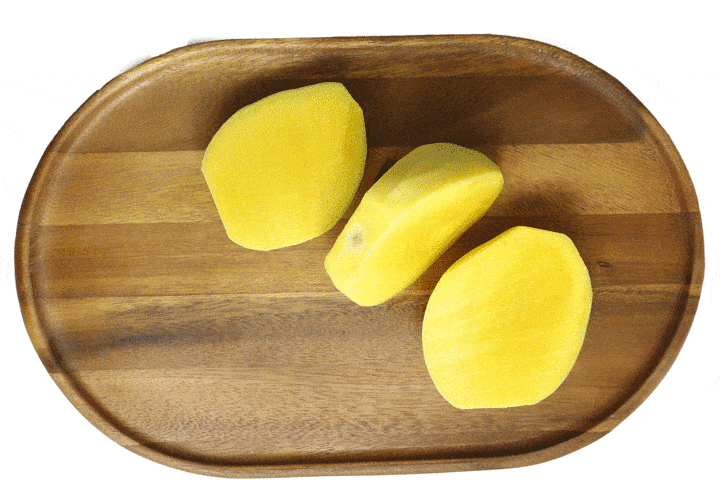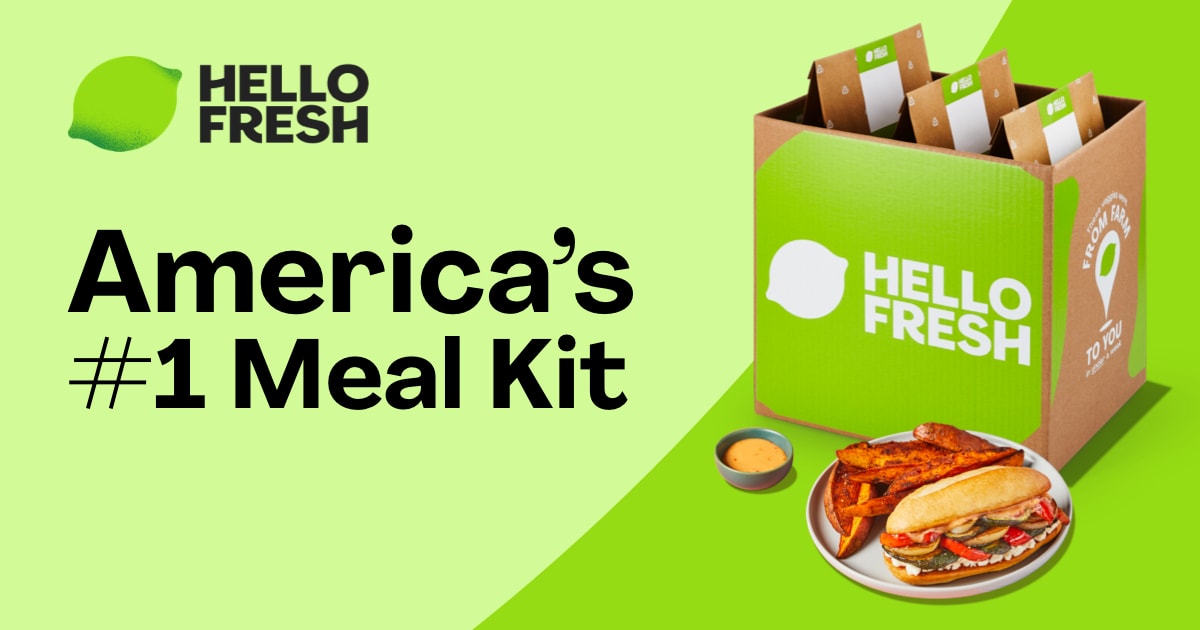Cooking with Mangoes: Types of Mangoes, How to Cut Them, and More
Cooking with Mangoes: Types of Mangoes, How to Cut Them, and More
Mango 101
Mangoes, native to India and Southeast Asia, are a rich, nutrient-packed treat enjoyed around the world. The mango offers high levels of antioxidants, copper, folate, and vitamins A, C, E, and K, but it's the fruit's intoxicating tropical flavor that has earned it wide appeal as a snack to be eaten on its own or the cornerstone of smoothies, popsicles, lassis, salsas, and more.
Read on to discover the types of mangoes you're likely to find in the United States, how to tell if they’re ripe, how to cut and store one, and tasty, mango-forward HelloFresh recipes.

The Many Types of Mangoes
If you’re fruit-shopping in the United States, you’re likely to find mangoes that were grown by tropical neighbors Mexico, Ecuador, Brazil, Peru, and Guatemala, along with Florida. Most common in the U.S. are Tommy Atkins—large, meaty, and uniformly oval Floridian mangoes, easy to portion into cheeks and an even dice.
From late February to early August, look for buttery-fleshed and sweet Ataulfo mangoes, or Honey mangoes, from Mexico (the only mango that should be wrinkly when ripe). Mid-April through late June, try Alphonso mangoes—a small, incredibly juicy mango.
Other varieties you may find include Haden mangoes (the most widely grown mango in the world), Frances, Keitt, and Kent.
How to Tell if a Mango Is Ripe

How to Cut a Mango in 4 Easy Steps
To cut a Tommy Atkins, Haden, or other medium-firm, fleshy mango, reach for a large, sharp chef’s knife (see tip below) that can shave off the cheek safely in one fell swoop. To get it right:
- Hold your mango upright, with the pit standing straight up from your cutting board. Place the knife at the top center of the mango, along the pit, facing parallel with the flat edge of the pit. Cut down along the pit, releasing one half (or cheek) from the pit. Turn the mango 180 degrees, holding the top firmly, and slice the other half (or cheek) off the pit.
- Use a knife to cut the two remaining fleshy sides off the pit, and scrape any flesh into a bowl.
- Use a paring knife to cut into the fruit from the flat side down into the rounded portion, toward the skin, creating several parallel cuts. Turn the mango so the cuts are now horizontal, and cut perpendicular to them, creating a grid.
- Carefully turn your mango half inside out, pressing the skin side inward with your thumbs, flipping out the mango cubes. Eat them fresh off the skin, or use a paring knife to carefully slice the cubes away from the skin into a bowl. (You can also use a thin, large spoon to scoop out the cubes, leaving the skin behind.) Once you know how to cut a mango into cubes, you can eat them out of hand whenever you like. They’re sweet enough to be an as-is dessert, though you can also gild the lily by serving mango with a scoop of vanilla ice cream.
Mango Cutting Tip: Not so confident with a 9-inch chef’s blade? You can use a sharp paring knife. A small serrated knife can also be used to slowly saw the flesh off the cheek without slipping. This won’t yield a super clean cut (or the beautiful, ready-to-fan-out cheeks you’ve seen on Instagram), but you’ll still get to enjoy all the juicy flesh.
How to Store Mango

The Best HelloFresh Recipes and Dinner Ideas With Mango
If you’re looking for dinner ideas, mangoes also add a delicious tang to savory dishes, as with these HelloFresh favorites:
Add a sweet touch to your dinner ideas with mango—and with HelloFresh meal kits!